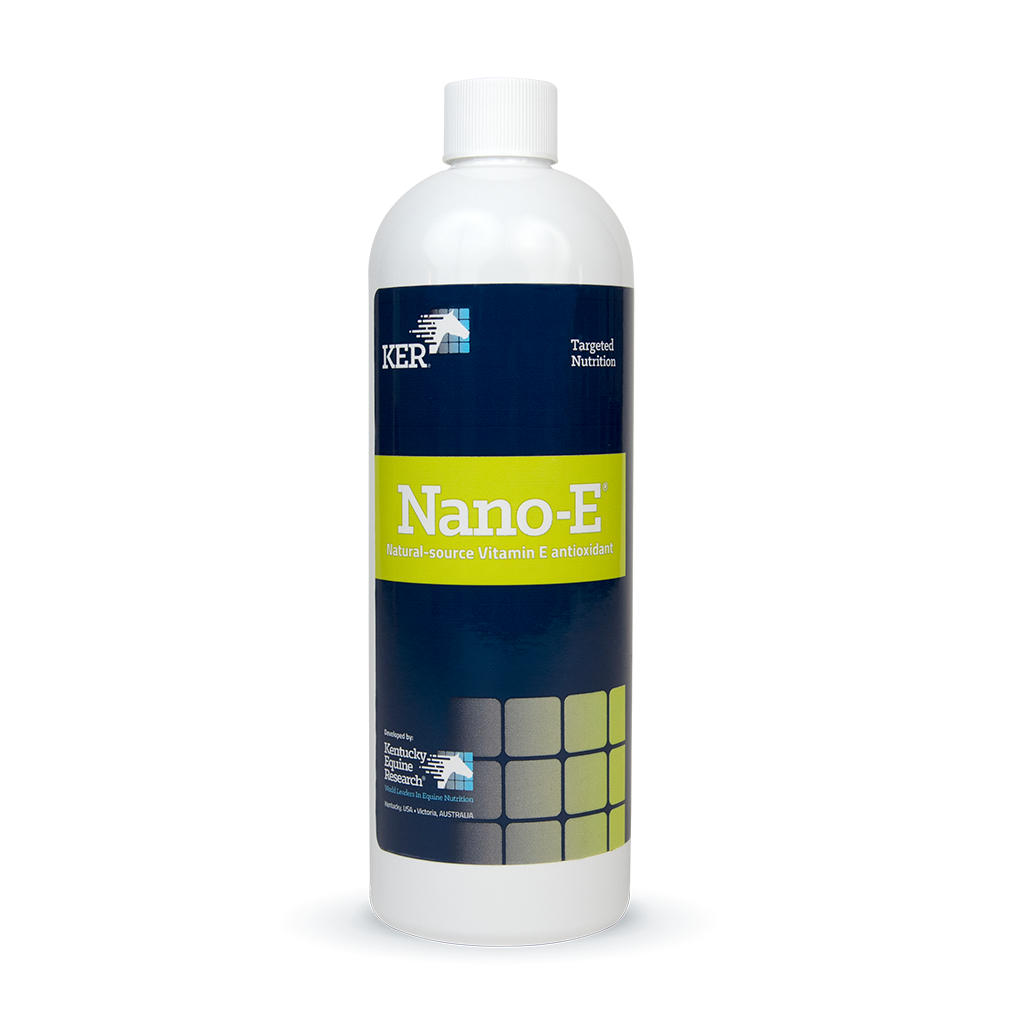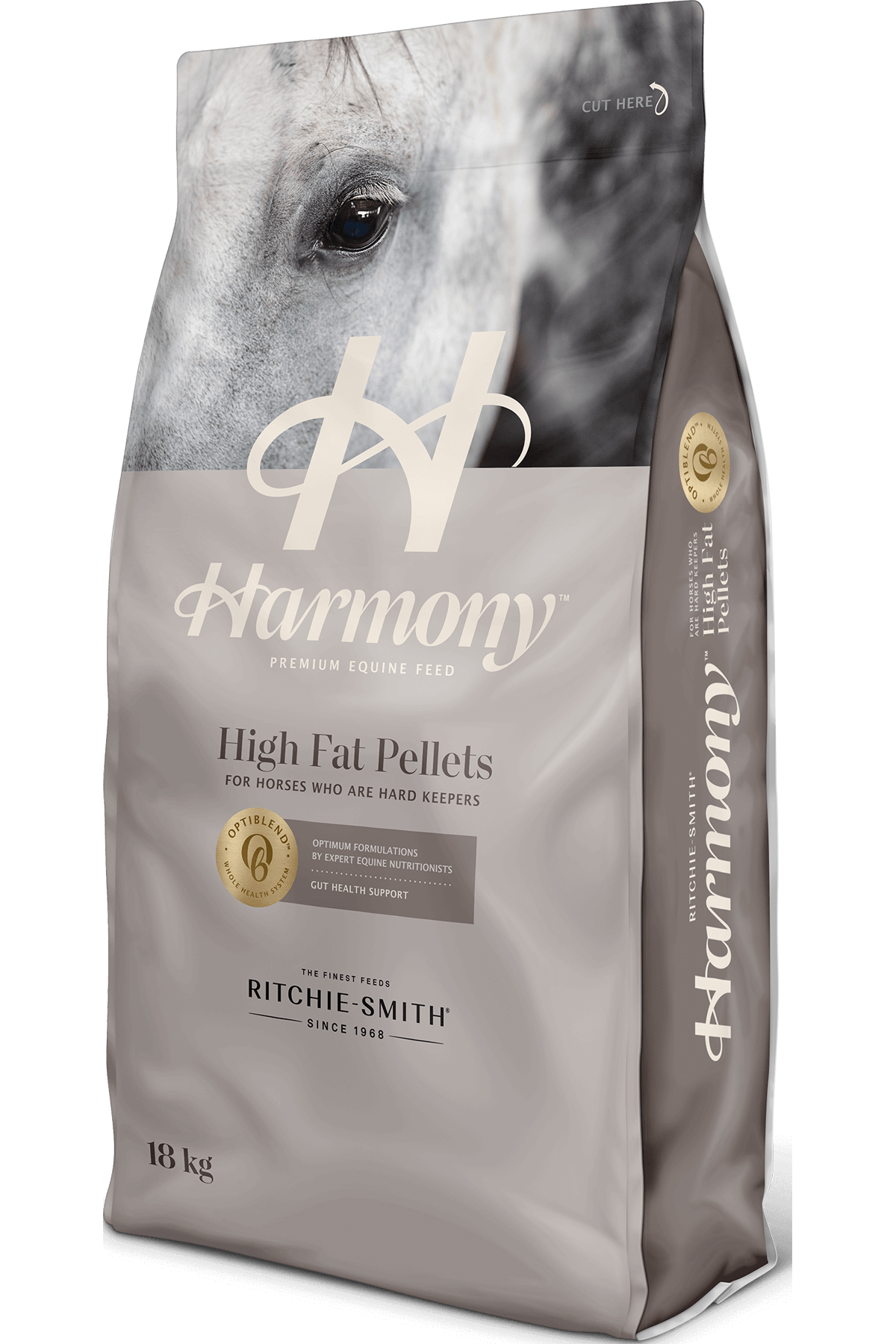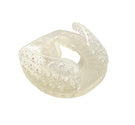Facts About Steel and Aluminum Horseshoes
The Fabrication and Importance of Horseshoes
Ever since humans began domesticating horses, they realized that they needed to protect their horses’ feet. Initially, people used a variety of materials such as plants and leather to protect the hooves of working horses from the difficult conditions they had to face on a daily basis. The protection provided by horseshoes from sharp objects in the ground and the stress of travelling long distances helped people keep their horses for longer periods of time. Horseshoes also enabled horses to run faster than their wild counterparts. The first modern mass-produced horseshoes were made out of steel but as equestrian competitive sports began becoming more popular, farriers began to shod horses with aluminum horseshoes since they are much lighter and allowed horses to run considerably faster.
Today, horseshoes are fabricated from several types of material including plastic and composite but steel and aluminum horseshoes are what most farriers commonly use to shod horses. The majority of horse owners and farriers prefer metallic horseshoes since they provide the best protection for the hooves of their horses and they are durable.
Steel Horseshoes
The Benefits of Steel Horseshoes
Steel horseshoes are preferred by most equestrians since they are the most durable easily worked in the forge and less expensive but they are heavier than aluminum. What’s more, heavy horses that are ridden on hard surfaces naturally must have hard-wearing shoes fabricated from steel. This also applies to horses that are used for high-impact work and are ridden on trails since steel horseshoes are very durable and in such situations, aluminum horseshoes can bend and lose their shape making walking extremely difficult.
Another benefit of steel horseshoes is that they can accentuate knee action, which can be important if you have a show horse.
Moreover, due to steel horseshoes’ durability, you don’t have to re-shoe your horse very often so the hooves sustain fewer nail holes and less damage.
The Drawbacks of Steel Horseshoes
Even though we’ve mentioned that the durability of steel horseshoes is a benefit, it can also be a drawback since, by the time the horseshoe is worn to your horse’s hoof comfort or movement pattern, the hoof may need to be trimmed. As a result, the growth and wear patterns are not in sync like in the case of aluminum shoes.
Aluminum Horseshoes
The Benefits of Aluminum Horseshoes
The obvious difference between aluminum horseshoes and steel is, of course, the weight. Aluminum horseshoes are significantly lighter that's why farriers prefer to use them in cases of therapeutic applications since the heavier steel shoes can increase strain on the legs and the risk for lameness. Aluminum is ideal for wedged bar shoes which have a lot of material in them so when fabricated from steel these shoes tend to be quite heavy. Consequently, if your horse is healing from an injury, a steel wedged bar horseshoe could slow down or even hinder its recovery due to the weight whereas aluminum horseshoes are considered by farriers as one of the best options.
The fact that they are lightweight also means that they can reduce fatigue. What’s more, aluminum reduces the amount of vibration that moves up the leg. What’s more, if your horse has thin or weak hoof walls, aluminum horseshoes should be more comfortable since the lighter weight of aluminum exerts less stress than steel on the hoof wall when the horseshoes are nailed on.
Another benefit of using aluminum shoes is that they tend to wear out at a similar rate as the foot grows therefore the hoof remains approximately the same as when it was freshly shod.
The Drawbacks of Aluminum Horseshoes
One of the most significant drawbacks of aluminum horseshoes is that if they are not replaced for a long period of time after they have worn out, it is possible that your horse may incur damage to its feet.
Furthermore, aluminum horseshoes are more expensive and wear out much faster so farriers don't normally use them for more than one shoeing. As aluminum is softer, these shoes are not recommended for hard rough surfaces since they can be damaged.
A farrier can shape aluminum when it's heated just like steel but it can be brittle and break instead of bending on the anvil. Also, if your farrier heats your horse’s aluminum shoes, it can significantly alter their temper, which can affect their wear rate.
Another drawback has to do with the oxidization of the steel horseshoe nail.
When the shoes are fabricated from aluminum, oxidization can occur from high urine or salt content in the stalls. This oxidization process can lead to rounding of the nail holes which results in loosened shoes.
Source For Horse Top Quality Horseshoes
Whether you prefer to use steel or aluminum horseshoes, high-quality horseshoes can help protect your horse’s hooves and avoid problems that can result in lameness, poor balance, and a decrease in speed. Your horse needs horseshoes to help it pull and/or carry loads and compete in equine activities.
At Source For Horse, we have the highest quality leading brand horseshoes sold warehouse-direct. Choose from steel, aluminum, and glue-on horseshoes. We also offer pre-cut concave in bags (20 lengths per bag). For our industry-leading brands Werkman Hoofcare and Kahn Forge, at Source For Horse, buy a full box of 10 pairs of steel horseshoes, you save 10% - this offer is valid for local pickup customers using code “LOCALPICKUP”. You can also buy UK Handmade horseshoes at our everyday low price. We provide FREE shipping for horseshoes on orders over $99 to BC and Alberta customers. Customers residing outside of these provinces will need to contact Taylor Moore for a shipping quote. Please feel free to contact us regarding any questions you may have about farrier supplies - Taylor Moore, our hardworking AFA Certified Farrier, will be happy to answer them.




